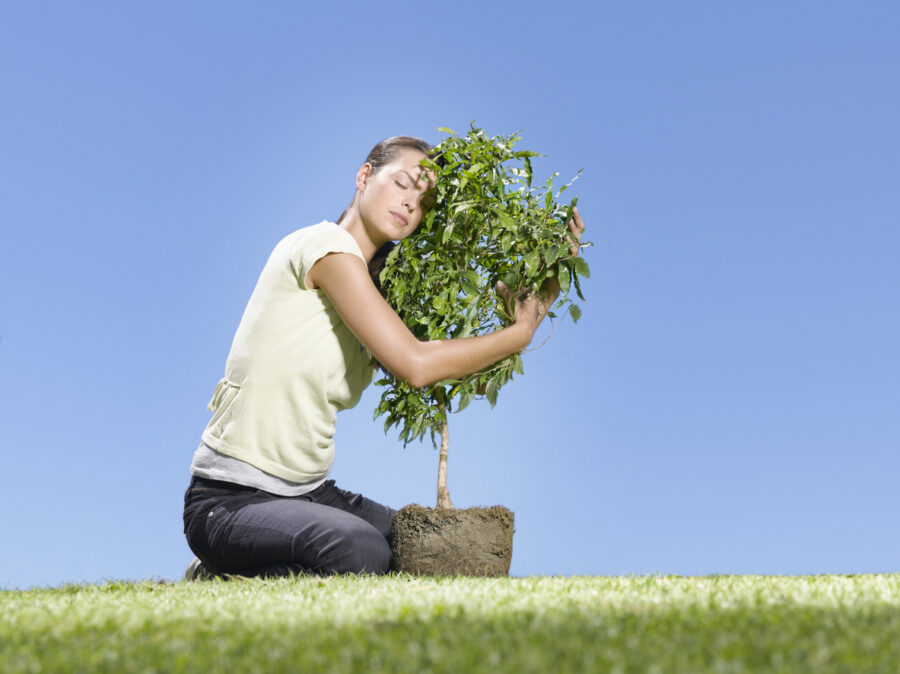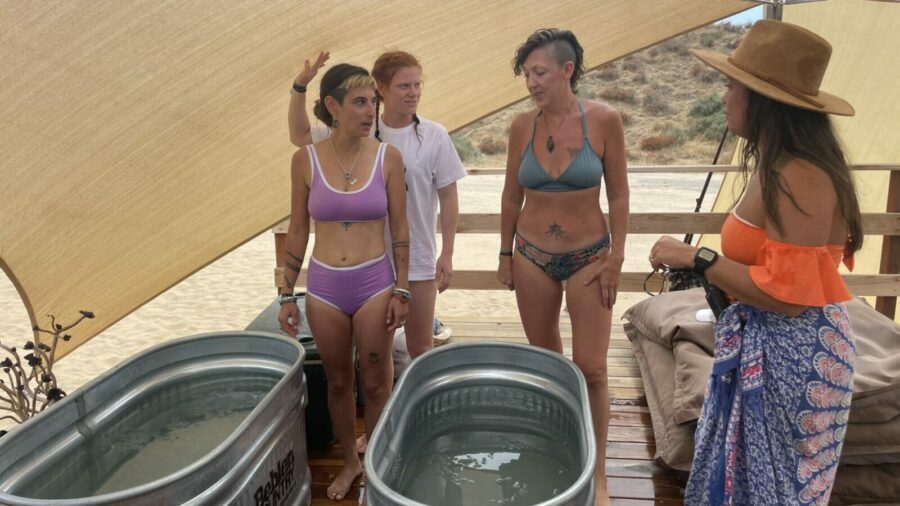From a big picture perspective, we know that plants are generally good for us. Check out my articles on earthing and mycobacterium if you don’t believe me. Plants produce all of the oxygen we need to survive. (Okay, there are some photosynthetic bacteria in the ocean, but you get my point.) With this in mind, it’s no surprise that so many people are passionate about bringing the outside indoors. We’re all a little biophilic. Honestly, I think this is one of the cultural side effects of a global pandemic – everybody is adopting dogs and buying houseplants.
I love plants. I mean, I LOVE plants. I give my houseplants names, I tell all my friends about them, and I high-five the trees in my neighborhood on my walks. I even dressed up as a tree last year for Halloween. That’s how much I love plants. They bring me so much joy. They also embody a beautiful aspect of community. Almost all of my plants can be easily propagated and shared with friends, and several of mine started as cuttings of my grandmother’s plants which she likely got from her mother. Plants do so much more than make you smile and boost your social life. Researchers have seen this, too. Let’s explore, shall we?
There are so many scientifically supported ways in which houseplants are beneficial for your mind, body, and soul. They have been shown to reduce symptoms of anxiety, depression, and stress (including PTSD) in a variety of studies and circumstances. Plants can improve attention and memory as seen in recall studies, reduction in symptoms of dementia, and increased test scores. Self-esteem can even receive a boost from some plant time. It seems that plants also have the ability to clean up our homes through airpurification, and we know that what is good for your body is good for your brain. It is likely that this happens at levels small enough to be nearly insignificant, but a 1980s study at NASA found that several houseplants were able to filter common VOCs from the air.
Plants generally seem to have a knack for improving our well-being. There are all kinds of fields out there dedicating themselves to the wonderful ways in which plants can heal. Horticulture therapy focuses on bringing those of all abilities into communion with nature. Biophilic design focuses on uniting plants and humans in the indoor environments we create for ourselves. Here’s a lovely TEDMED talk describing it.
It’s clear that plants are good for our well-being in quantifiable ways, but I think there’s something more powerful here. I read more than one article that literally said caring for plants functions as a reminder to care for yourself. When your plants start looking a little droopy, odds are you haven’t given yourself enough love either. Plants serve as a rich source for metaphors about self-care:
- There is no need to be afraid of letting go as it will only free up energy to spend on new growth.
- Seasonal shifts are normal and natural. Each one helps us prepare for the next.
- We can come through even the droopiest of phases with a bit of love and patience.
- Everyone is unique and needs to be cared for in unique ways. Taking the time to learn these ways will always pay off.
- Sometimes non-verbal companionship is exactly what we need.
Hopefully, a bit of my biophilia has rubbed off on you after reading this. Plants are amazing little pods of life that strike the perfect balance between self-care-inspiring responsibility and simple, unassuming beauty. I suppose it’s like having a child but it’s okay if you forget about it for a few days. You don’t have to cover your entire home with plants to experience these benefits, but I certainly won’t tell you not to. Odds are I’d be very jealous of your plant wall. No matter your current level of plant parenthood, I hope this leaves you with a bit more appreciation for the benefits our little green, CO2-eating friends can bestow upon us.







Leave A Comment